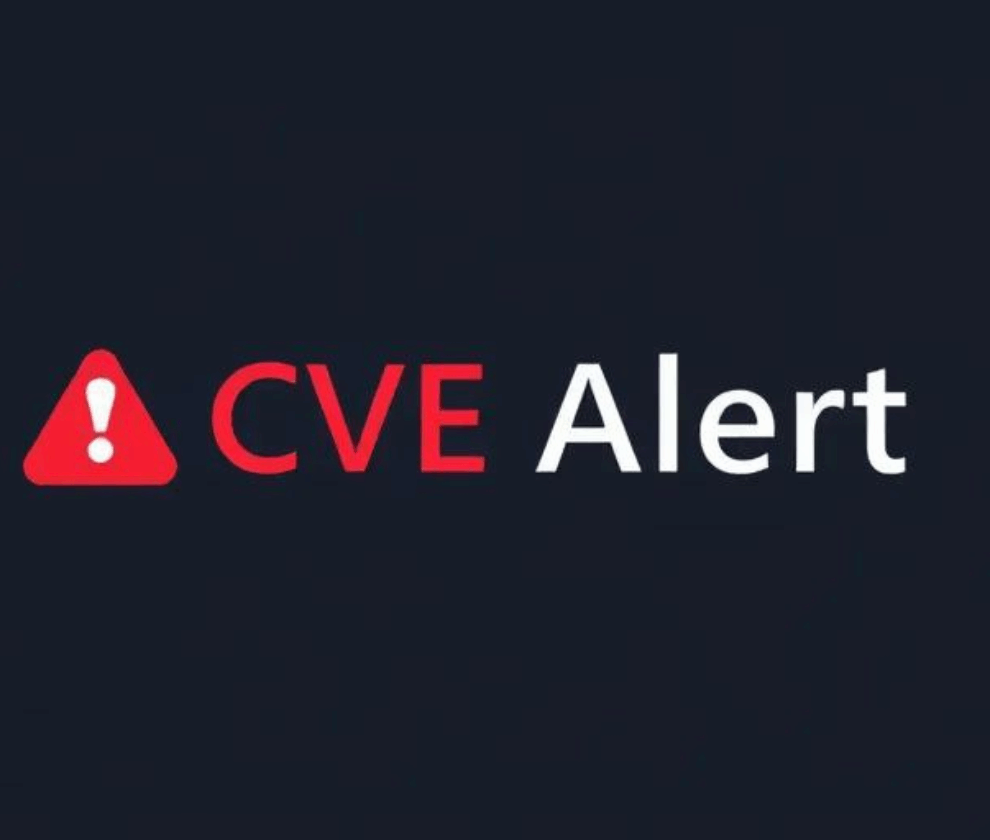Medusa and the GoAnywhere Breach Explained
In today’s digital world, cybersecurity has become a pressing priority for organizations across the globe. Recently, the spotlight fell on a critical vulnerability in Fortra’s file transfer tool, GoAnywhere, which sent shockwaves through the tech community. This breach led to the deployment of the infamous Medusa ransomware, a name synonymous with targeted cyberattacks. Microsoft confirmed the connection, raising concerns about the devastating potential of this vulnerability.
What is the Medusa Ransomware?
An Infamous Cyber Villain
Emerging in 2021, Medusa ransomware has become a notorious threat in the realm of cybercrime. Known for targeting critical infrastructures, Medusa’s sophisticated tactics have left educational, governmental, and public organizations in turmoil. A notable instance occurred in 2023 when Medusa infiltrated the Minneapolis Public Schools system, exposing personal information of over 100,000 individuals.
How Does Medusa Operate?
Medusa encrypts sensitive data, rendering it inaccessible unless a ransom is paid. Its operation often begins with exploiting vulnerabilities, gaining unauthorized entry, and spreading undetected through networks. This makes identifying and containing Medusa incredibly challenging for cybersecurity teams.
The GoAnywhere Vulnerability: CVE-2025-10035
A Deep Dive into CVE-2025-10035
The vulnerability, coded CVE-2025-10035, was discovered in Fortra’s GoAnywhere— a prominent file transfer solution. Categorized as critical, this flaw allows attackers to gain unauthorized access, establish persistent control, and deploy malware like Medusa across compromised networks. The ramifications for affected organizations can range from data theft to complete operational shutdowns.
Who Were the Targets?
According to Microsoft, the vulnerability was exploited by a cybercriminal group identified as Storm-1175. These attackers specialize in using publicly exposed applications to infiltrate systems. Once inside, Medusa ransomware is deployed to amplify the damage.
The Impact and the Timeline
On September 18, 2025, Fortra issued an alert regarding the GoAnywhere flaw. However, signs of exploitation were evident as early as September 11, 2025, leaving many organizations blindsided. Critics argue that the delayed response from Fortra exacerbated the risk, allowing attackers to exploit the vulnerability for days without resistance.
Consequences for Organizations
Organizations leveraging GoAnywhere experienced significant disruptions, including data breaches, financial losses, and reputational damage. This incident underscores the importance of immediate action when vulnerabilities surface.
Proactive Steps for Organizations
With the digital threat landscape constantly evolving, it’s vital for businesses to take a proactive stance against ransomware and other cyber threats:
- Patch Deployment: Apply security updates and patches as soon as they’re available to mitigate known vulnerabilities.
- Infrastructure Audits: Conduct regular audits to identify potential weaknesses and ensure cybersecurity measures are current.
- Employee Education: Train staff on best practices in cybersecurity to reduce human errors that could lead to breaches.
Prevention Tips to Avert Future Cyberattacks
In light of the GoAnywhere incident and the rise of ransomware like Medusa, organizations must strengthen their cybersecurity approach. Here are essential steps to consider:
- Ensure all tools and applications are continuously updated to their latest versions.
- Leverage intrusion detection systems to monitor unusual activities.
- Conduct regular data backups as a fallback against ransomware attacks.
- Develop and implement a comprehensive incident response plan to address breaches rapidly and effectively.
Conclusion
The GoAnywhere vulnerability and its exploitation through the Medusa ransomware serve as a stark reminder of the ever-present risks in today’s interconnected world. Organizations must prioritize cybersecurity as a strategic necessity rather than an afterthought. By addressing vulnerabilities promptly, educating employees, and implementing robust prevention measures, businesses can reduce the impact of these malicious threats effectively.


